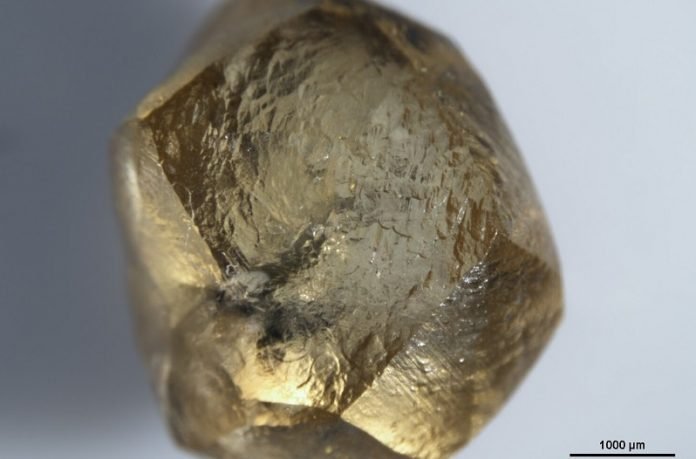
In a new study, scientists found that diamonds could provide valuable information about how continents are stabilized.
The research was done by a group of geoscientists from Carnegie, the Gemological Institute of America, and the University of Alberta.
Previous research has shown that continents’ stability depends on the underlying mantle attached to the landmasses.
The mantle is about 150 to 200 kilometers beneath the surface of Earth. They act as stabilizers for the continental crust.
Previous research has shown that the material that comprises mantle has to thicken, stabilize, and cool under the continent.
In this way, it can form a strong, buoyant, keel that is fundamental for preserving the surface landmass.
However, how this is accomplished has been unclear.
In the current study, the team found that diamonds may hold a clue about how a buoyant section of the mantle beneath continents became strong enough to provide long-term stability.
This is because diamonds originate deep inside the Earth. Tiny mineral grains trapped inside of a diamond can show details of how it formed.
The researchers used traces of sulfur from ancient volcanoes that made its way into the mantle and eventually into diamonds.
They found that the geologic activity that formed the West African continent was due to plate tectonic movement of ocean crust sinking into the mantle.
The researchers suggest that this finding can help with understanding the geology of how the continents were formed.
It is a crucial part of discerning what makes Earth habitable.
The research group’s analysis of sulfur-rich minerals, called sulfides, in diamonds mined in Sierra
The lead author of the study is Karen Smit of the Gemological Institute of America.
The study is published in Science.
Copyright © 2019 Knowridge Science Report. All rights reserved.



